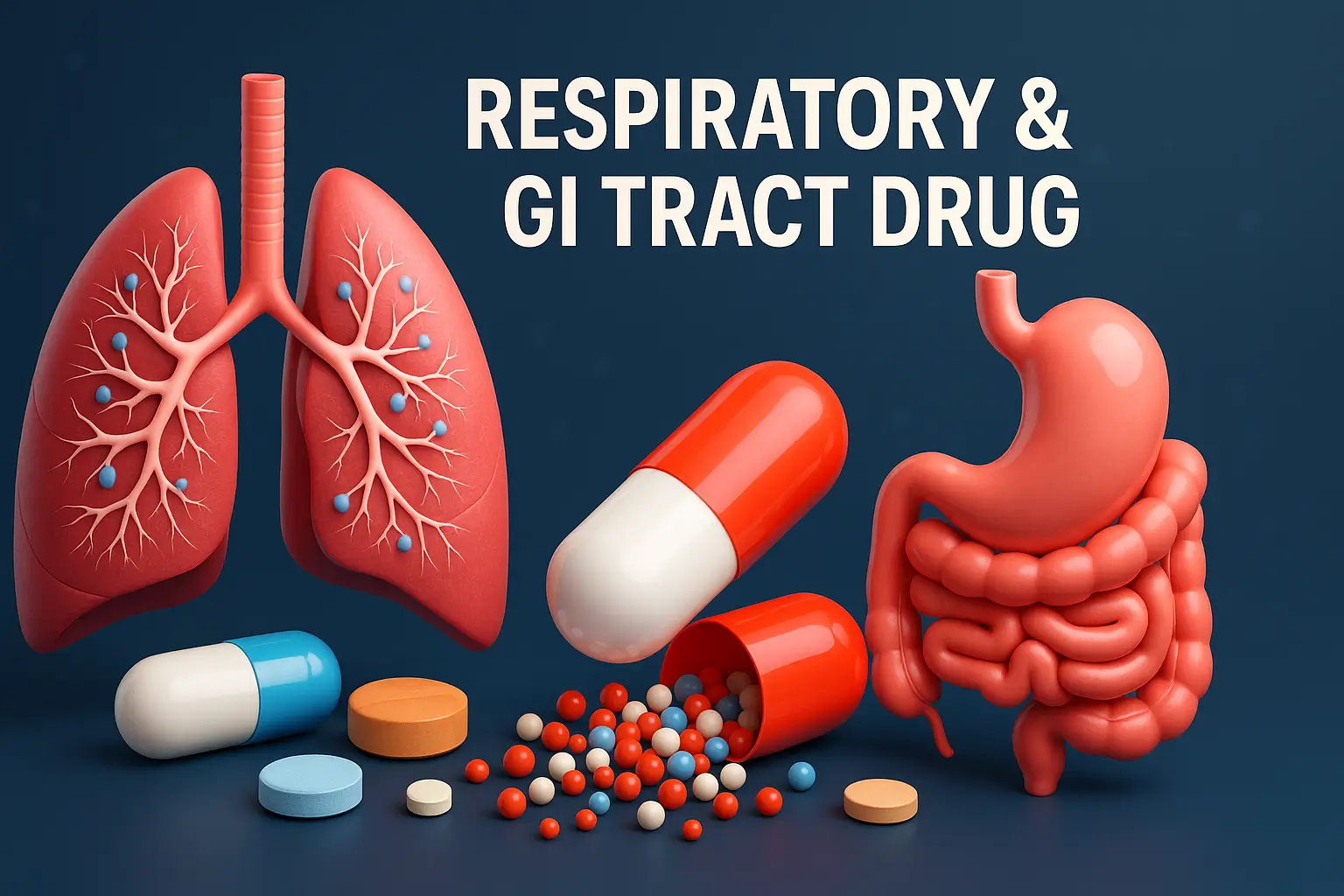Multicompartment Models Notes [U-4]
Buy Premium
Get The High-Quality Pdf Notes on App
Multicompartment models
- Multicompartment Models in Pharmacokinetics
- Two-Compartment Open Model
- Two Compartment Open Model – IV Bolus
- Kinetics of Multiple Dosing
- Steady-State Drug Levels
- Calculation of Loading and Maintenance Doses
- Significance of Loading and Maintenance Dose Calculations in Clinical Settings
Other Units of Biopharmaceutics and Pharmacokinetics
Biopharmaceutics and Pharmacokinetics
Other Subjects of B Pharmacy 6th Semester
Topic wise notes of:
Medicinal Chemistry III
- Antibiotics & Aminoglycosides
- Antibiotics & Antimalarials: Structures & SAR
- Anti-TB, UTI & Antiviral Agents
- Antifungals, Antiprotozoals & Sulfonamides
- Intro to Drug Design & QSAR Approaches
Topic wise notes of:
Pharmaceutical Biotechnology
- Introduction to Pharmaceutical Biotechnology
- Genetic Engineering & rDNA Technology
- Immunology and Vaccine Technology
- Microbial Genetics & Biotransformation
- Fermentation & Bioproduct Production
Topic wise notes of:
Pharmaceutical Quality Assurance
- Quality Assurance, GMP, ICH, QbD & Quality System
- GMP: Personnel, Premises & Equipment Control
- Quality Control and Good Laboratory Practice
- Complaints & Document Management
- Calibration and Warehousing
Unit-IV: Multicompartment Models and Multiple Dosing Notes Summary
This unit covers advanced pharmacokinetics, focusing on drug distribution and dosing strategies.
1. Two-Compartment Model (IV Bolus):
Describes drug movement between central and peripheral compartments with distinct distribution and elimination phases.
2. Multiple Dosing Kinetics:
Explains how repeated dosing leads to drug accumulation and how dosing intervals affect plasma concentration.
3. Steady-State Levels:
Achieved when drug input equals elimination; important for maintaining consistent therapeutic effect.
4. Dose Calculations:
Covers loading dose for rapid effect and maintenance dose for sustained levels—essential for effective and safe therapy
At FirstHope, we provide BPharm notes that are topic-wise, easy to understand, and designed strictly as per the AKTU and Other Universities, hence designed according to PCI syllabus.





